Block PC-1024-050-0 Manual
| Mærke: | Block |
| Kategori: | UPS |
| Model: | PC-1024-050-0 |
Har du brug for hjælp?
Hvis du har brug for hjælp til Block PC-1024-050-0 stil et spørgsmål nedenfor, og andre brugere vil svare dig
UPS Block Manualer

11 September 2024

11 September 2024
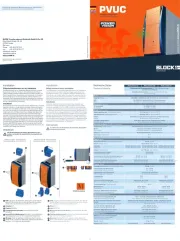
3 August 2024

31 Juli 2024
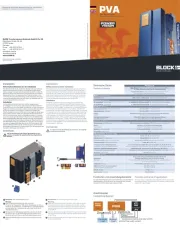
31 Juli 2024
UPS Manualer
- Conceptronic
- Ikea
- JUNG
- Vanson
- APC
- Lenovo
- Riello
- Atlantis Land
- Teltonika
- PowerWalker
- Phoenix Contact
- Maruson
- EnerGenie
- Puls Dimension
- AEG
Nyeste UPS Manualer
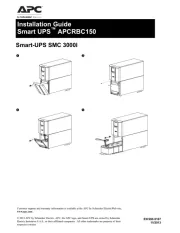
2 April 2025
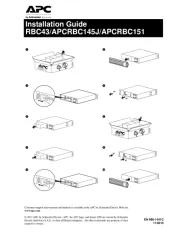
2 April 2025
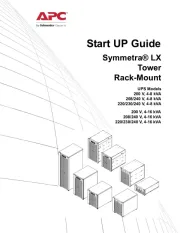
30 Marts 2025
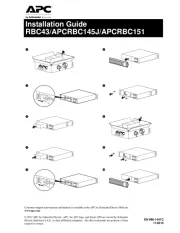
29 Marts 2025
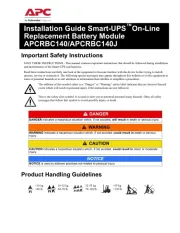
29 Marts 2025
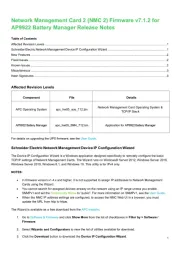
29 Marts 2025
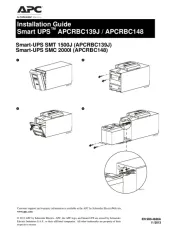
29 Marts 2025

30 Januar 2025
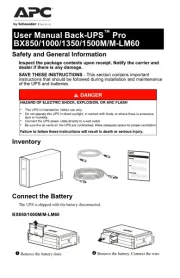
30 Januar 2025
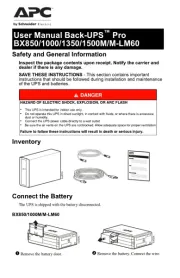
30 Januar 2025
